Daysailer sailing in Typhoon Alley
Sakura Nears Her Final Destination
After 53 days and approximately 5,500 miles at sea, Harbor 29 #1, Sakura is in the homestretch of her voyage from San Francisco, CA to Yokohama, Japan with a mere 800 miles to go.
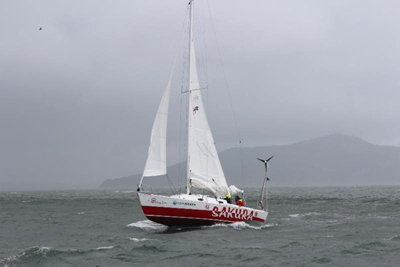
We first started following her voyage on April 25, when she departed San Francisco and crossed the Golden Gate Bridge, and followed up at the half-way point. The Ocean Research Project team is 15 days ahead of schedule despite 10 days of very light winds.
The Harbor 29 does fine in light winds. In fact, Sakura sails so well in light winds that Matt and Nicole report using less than 4 gallons of fuel during the entire trip.
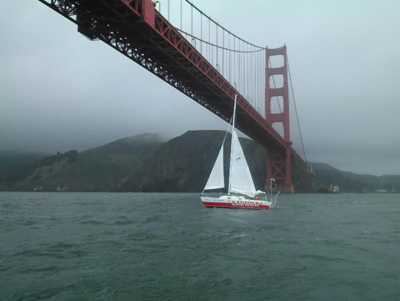
Spanning about 25% of the earth's circumference, this voyage will have been the longest expedition completed by a daysailer. The expedition is certain to be submitted to the Guinness Book of World Records. Sakura will be delivered to US Yachts and Customs, the premier W.D. Schock dealer in Japan, where she will be sold to a fortunate owner.
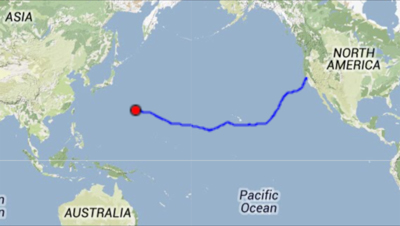
On her approach to Yokohama landfall, Sakura will be entering the Kuroshio Current. This is one of the world's most powerful currents traveling about 3-5 knots. The timing of their entry into the current is crucial in determining whether the conditions of the current will be favorable or adverse to the last leg of the voyage.
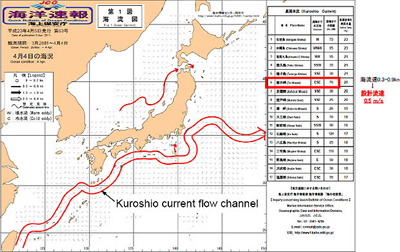
There are reverse eddies which result in confused steep seas. Matt and Nicole will need to navigate between potential typhoons, sea lanes, and the Kuroshio Current. On top of all this, the winds are highly variable. Matt and Nicole will be staying very focused these last few days.
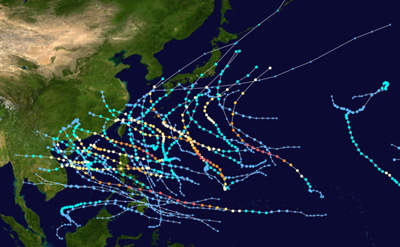
Where they enter the current will be determined by how they navigate the storms. The paths of the storms from the 2013 season are shown above. As one can see, the Pacific south of Japan was crowded with storms in 2013.

Timing is critical, as Matt, Nicole, and Sakura will be traveling through Typhoon Alley in late June - the onset of upcoming storm season. The 2013 Storm Calendar shows the dates of each storm for 2013. As one can see from last year's storm cycle, by July the storms start coming fast and furious.
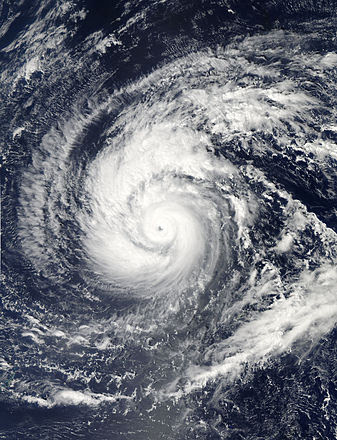
Matt and Nicole's expedition is the first in history to encompass a continuous continent-to-continent marine plastics survey.

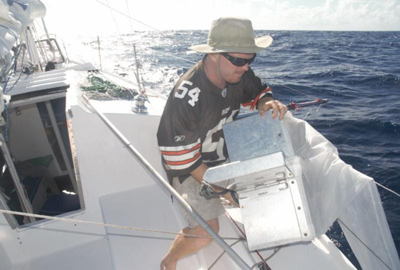
Each day, Matt & Nicole prepare and deploy a high-speed trawling net to collect micro plastic samples. After carefully monitoring the net throughout the day, the samples are collected, bottled, and cataloged for future analysis.
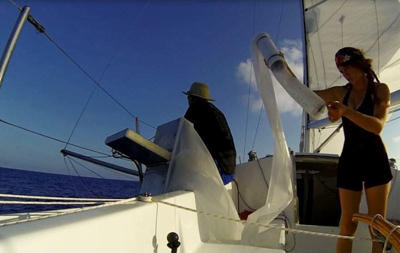
With the data collected in this phase of their expedition, they will do a comparative study with data from already sampled gyre region to determine how much of the plastic pollutants are displaced from the gyre by the trade winds.

Matt explains: "This type of research is very heavy on the processing side of things. After this expedition we will have to spend months in a lab in Baltimore, sifting through the samples, running various test and comparing results. Nikki will write a scientific paper (white paper) before the end of the year stating our findings from this expedition. Come July, she will interview potential high school interns to join her in the data analysis so that they can get a hands on experiences with ocean sample research in a lab setting."
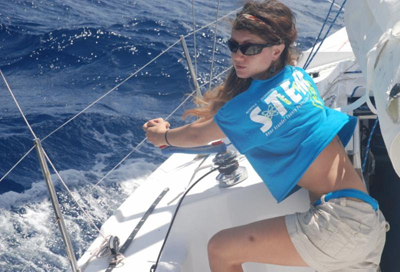
Along the way, Nicole has been presenting her research to fifth graders in the Maryland STEM programs. She teaches the students about plastics pollution, recounts her experiences on the open ocean, and even responds to students' inquiries on her blog on the Ocean Research Project website.
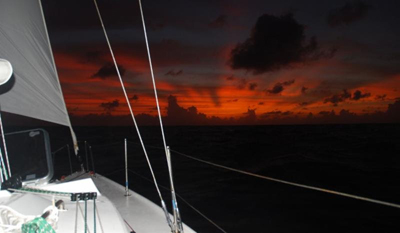
Matt also recounts his experiences on the journey: "I was sitting in the cockpit staring out to sea in a mindless trance when all of a sudden, SHARK! An 8-10 foot white tip shark was swimming straight for our Avani net, which was slowing being pulled through the water. I stood there feeling quite helpless wondering how our trawl would look after a shark attack. The shark came right up to the tail end of the net, mouth wide open, just a few feet from the boat.
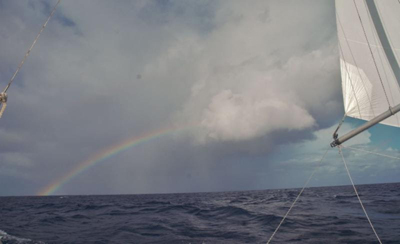
"I'm yelling and waving my arms knowing that the shark isn't paying any attention to me. Just then the shark closes its mouth, rams the mesh net, sits there, and disappears. The white tip shark must have realized that the Avani net wasn't food at the last second.
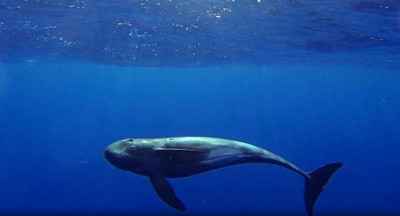
"I've seen many sharks while sailing and they usually come and go fairly quickly. The whole encounter is typically over in less than a minute. For a moment I thought that our net would be destroyed and our research would be over, but the shark spared our Avani net."
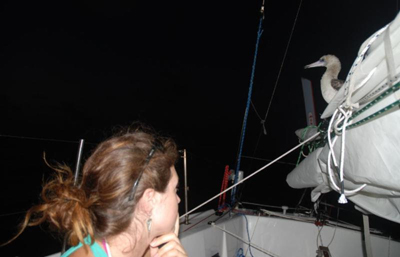
Sharks aren't the only visitors that Matt and Nicole have seen during their voyage.
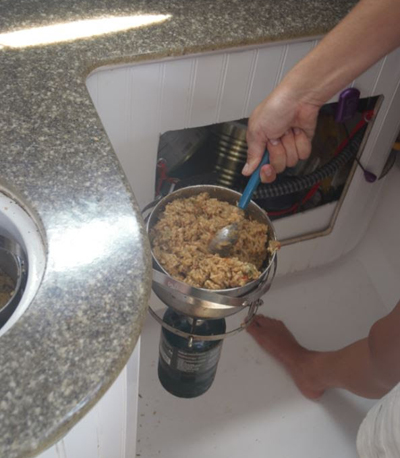
During lighter winds, Matt and Nicole can take care of their basic housekeeping tasks - some chores can't be avoided, even when traveling out on open waters.
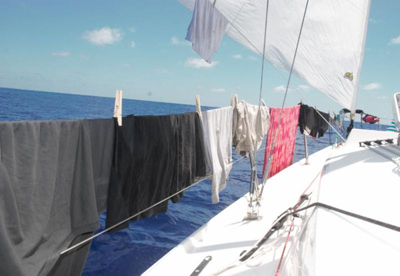
"Light winds meant we could clean the inside of the boat, do maintenance, and wash the sweat out of our dirty clothes with a bucket of sea water. By the third day of moving 2 knots you start getting aggravated and when the wind picks back up is a huge relief."
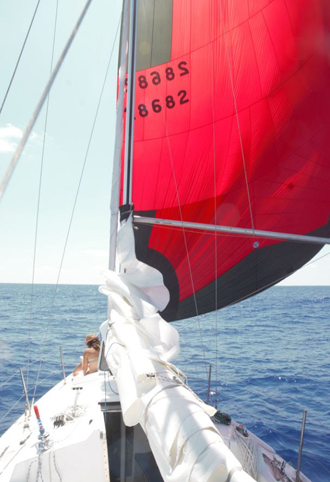
After making landfall in Yokohama, Matt and Nicole will be preparing for their next research project, a biotelemetry fisheries study in the Chesapeake Bay sponsored by the Smithsonian.
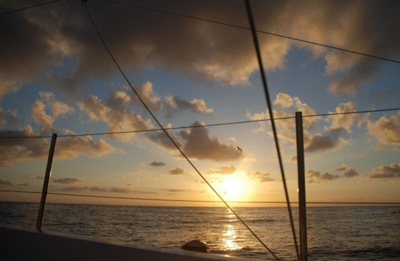
In 2015, they plan to go to the East Coast of Greenland to research Glacial Ocean interaction in East Greenland Fjords.
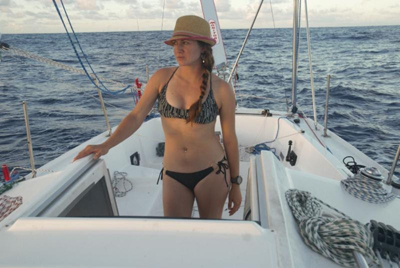
For now, they look forward to a safe arrival in Japan.
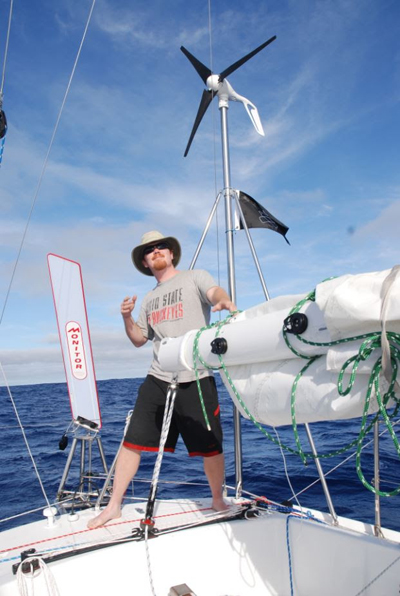
Please visit oceanresearchproject.org for more information about their current voyage or future projects.
TOP
|